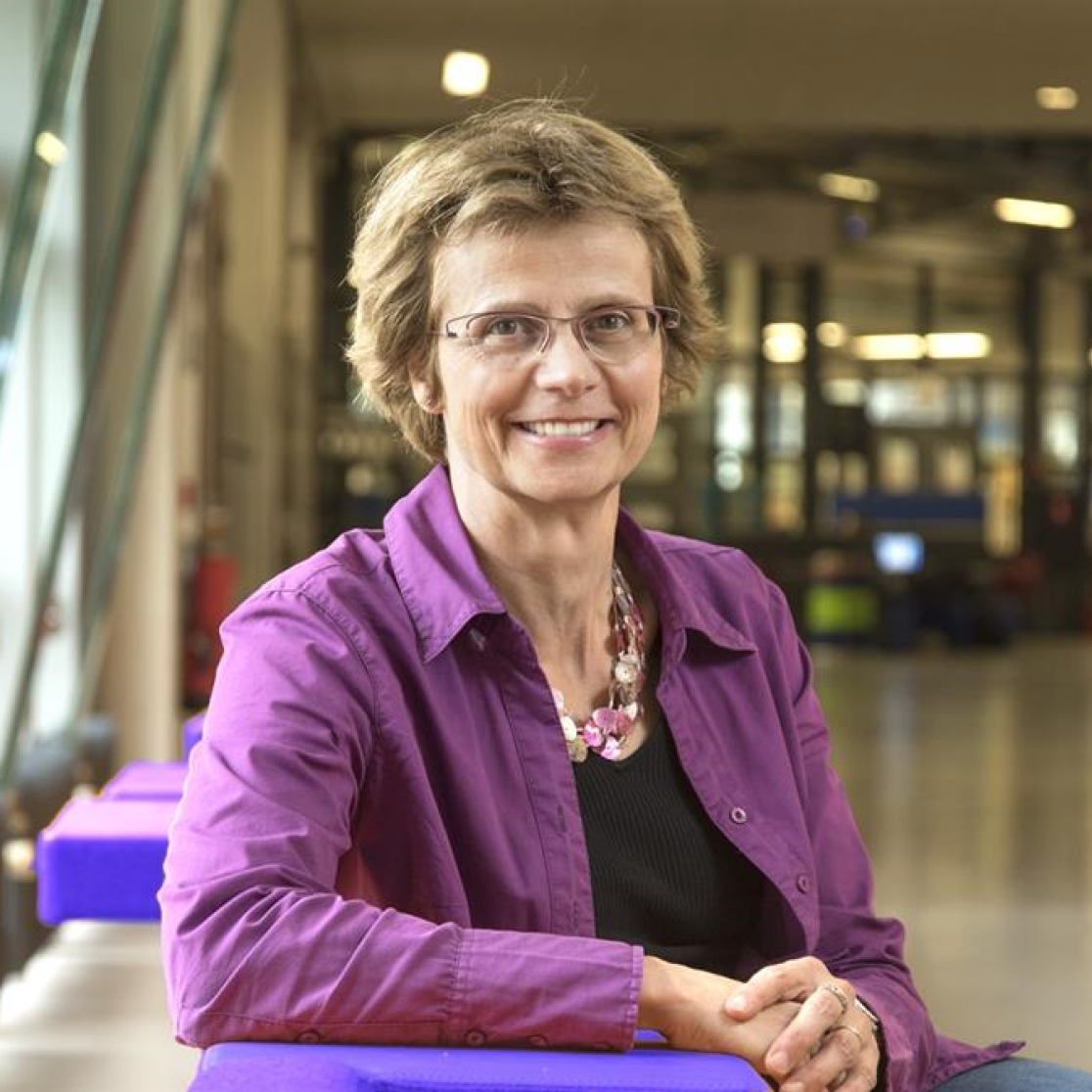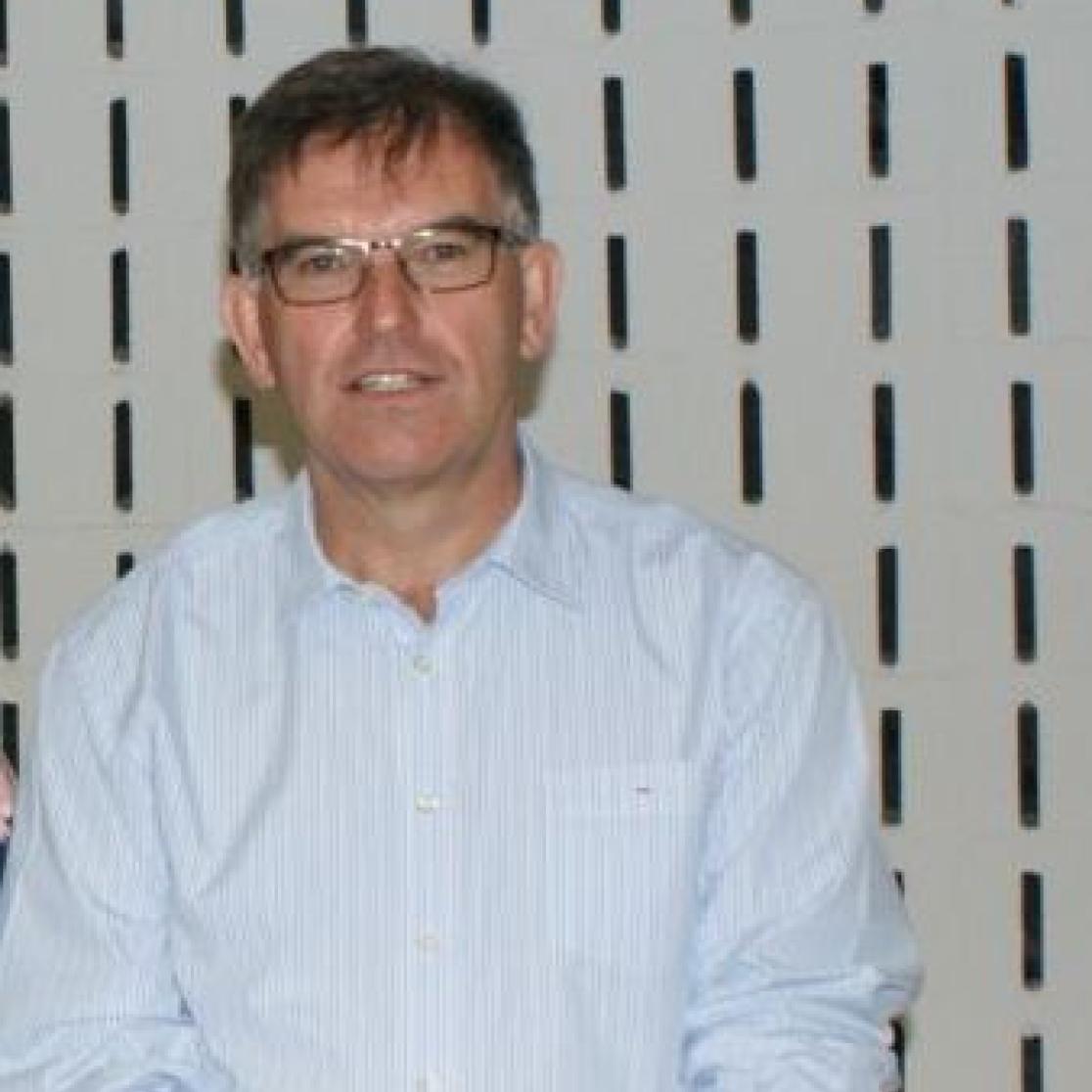LIME: connecting through measurements
Measurements are essential in the health care sector. So, what exactly are researchers, doctors and caregivers measuring? Why and how? How is it relevant? And how does this help the care being given, but most important of all, the patient? How can measurement data result in innovations and new activities? LIME, short for LImburgMEet, is a joint initiative between Zuyd University of Applied Sciences, Maastricht University and the province. It brings together all of the parties active in the work field, develops knowledge and helps SMEs convert ideas into concrete projects.
According to Sandra Beurskens, Health Care lecturer at Zuyd and special professor at Maastricht University’s Caphri School, the reason LIME was founded in 2016 was “because even though an incredible amount of measurements are taken in the health care sector, it is not always clear for what purpose or use. People don’t always do anything with the data that is gathered; it isn’t shared between different disciplines and often just disappears into a filing cabinet, unused.
Measurement data should be used to support professionals and patients, and serve as the basis for better health and care, but this is not what was happening. It did not lead to even more knowledge. The conclusion was that there is a great need for structure in being smarter about gathering data, and mostly in translating this to concrete improvements in health.”
Knowledge Axis
Together with Maastricht University, the initiators at Zuyd put together a detailed plan entitled LImburgMEet which was followed by a successful application for the Knowledge Axis (Kennis-As) subsidy program of the Province of Limburg. The plan is designed for long-term projects that have a positive effect on the health and (social) vitality of the population in Limburg. “The link to the Brightlands Campuses and daily practice was the deciding factor in the subsidy application,” Sandra Beurskens continues. “There is an enormous amount of knowledge and skills here; centers where researchers and companies work on innovations in materials and health, with support from the government. LIME’s most important spearhead is connecting. It’s about working together, co-creation. Innovation in the health care sector is only possible if you get the end users and all the other stakeholders involved. This is why we are building a community of entrepreneurs, professionals, clients, institutions, voluntary caregivers and citizens. In short, everyone who wants to help find ways to improve measurements in health care.”

Connections
In broad terms, LIME has two missions. The first is about creating connections in the LIME Portal. “We invite everyone to ask questions and submit ideas about measurements in health care. Small companies actually have many potential innovations ready, and they often don’t have any opportunities to implement these plans. A lack of time and money tends to mean that nothing is done with these plans. We provide feedback on every idea within our network. We know our way around the system and don’t give people the runaround. Additionally, we are able to fall back on every possible discipline that is anchored within the LIME community, whether this involves technical, medical or financial elements, or valorisation. We have an extremely broad network at our disposal, at the Brightlands campuses, Maastricht University and in the health care practice. This is supplemented by specialists, consultants and experts working at companies. In principle, an initial study doesn’t cost anything. We do ask for a contribution for more in-depth research. We work with the Brightlands campuses and the BIF, and get access to subsidy sources, expertise from the LIOF (Limburg Development and Investment Company), venture capital and ultimately producers in some cases. The important thing is that every good idea or plan is given a chance.”
Knowledge development
The second part of the mission is the focus on knowledge development. “Research is done on the basis of four substantive themes to determine the best way to perform measurements and to ascertain what is demonstrably relevant. Is anything actually being done with the measurements? Many students are involved in these themes, both on a bachelor degree level as well as several master’s degrees. Our teachers and students work closely with entrepreneurs on innovations. This may involve new developments but also existing methods of measurement such as wearables. One concrete project is Psymate. This app is already frequently used in research, but is hardly used at all in daily practice. Using the Psymate app on their smartphones, patients are asked several times each day how they are feeling, what they are doing at that moment and so on. The answers provide both them and their caregivers with an idea of their mental state and areas they can work on. The Personal Health Train theme is about the efficient exchange of data in a personal health environment.”
HemiGlass, unique eyeglasses
SMEs have already figured out how to find the LIME Portal. Last year, Nico van Veen discussed his idea for very unique eyeglasses, the HemiGlass, with one of the coordinators. “Since having a major stroke, my wife’s eyesight was reduced by half,” he says. “She doesn’t see anything in her left visual field. It’s frustrating, and really hampers her independence and range of movement. At least ten percent of the people who have suffered a stroke are left with this disability. The condition is called hemianopia, and the basic message is that there’s nothing you can do about it. I did some experiments with special glasses with a built-in camera and screen, and this offers a lot of benefits. You could think of them as a sort of Google Glass. We could potentially help many thousands of people with these eyeglasses.”
Nico van Veen was the winner of the Dutch Health Hackathon at the MUMC+ in 2017. This win was followed by support from the Brightlands Innovation Factory, IDEE Maastricht and LIME. “Zuyd students helped come up with ideas for the technical possibilities and drew up a business plan. The MUMC+ eye clinic is also interested in further research. We are close to being able to produce a prototype,” the Heerlen resident says. “After that, the glasses will probably be able to go into production. Of course, what I’m interested in is finding a solution for my wife and other patients, but it would be great if this invention could be produced on a broad scale.” “Measuring is key to this project,” Sandra Beurskens adds. “It’s important to find out how the camera and screen need to be adjusted and mostly what kinds of social gains can be made. Ms. Van Veen has seen 80% gains in her vision with the HemiGlass. How amazing is that?”
(Source: Brightlands newsletter)

Also read
-
PhD defence Quirine Eunice Wennie van der Zander
"Improving optical diagnosis of colorectal polyps: The impact of artificial intelligence"22 Dec -
IGIR Expert Lecture Series
Trump & trade wars, Europe between Scylla & Charybdis By John Clarke (former EU Chief Agriculture Negotiator and former Head of the EU Delegation to the WTO and UN in Geneva)31 Dec -
1 Jan31 Dec